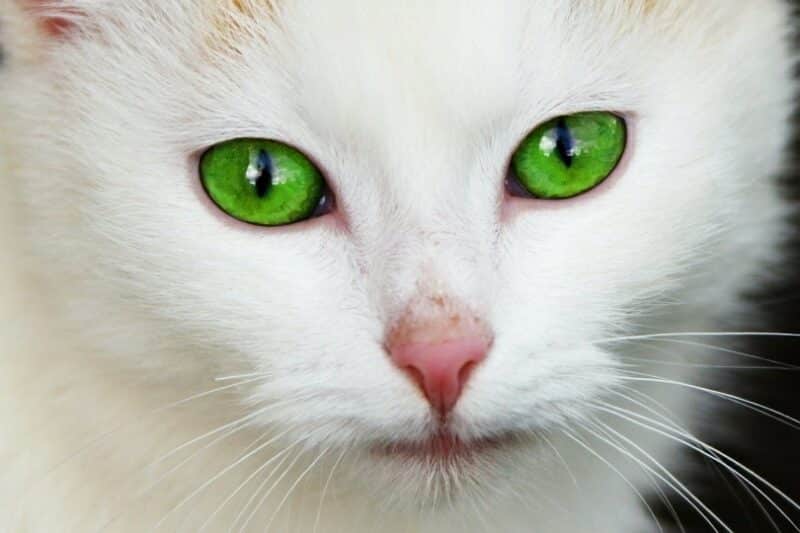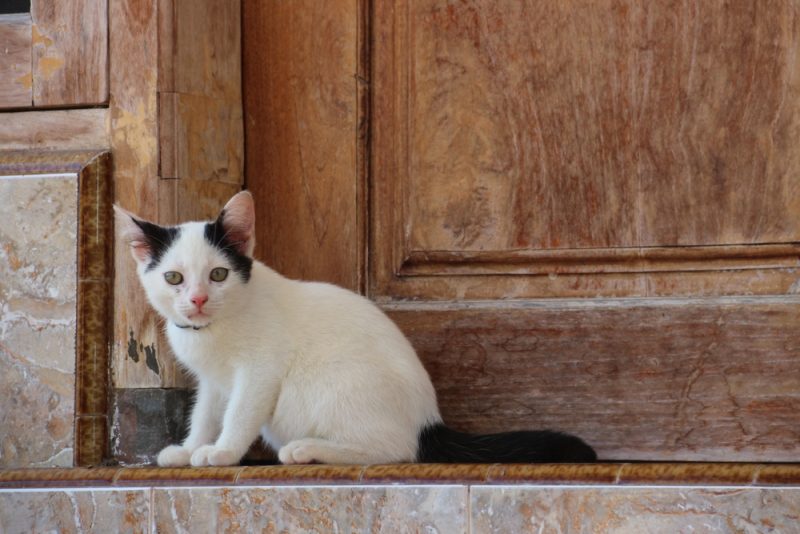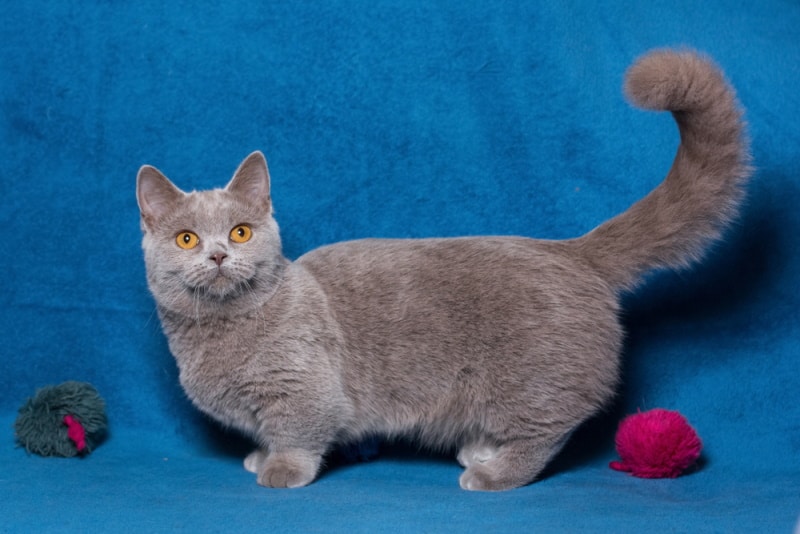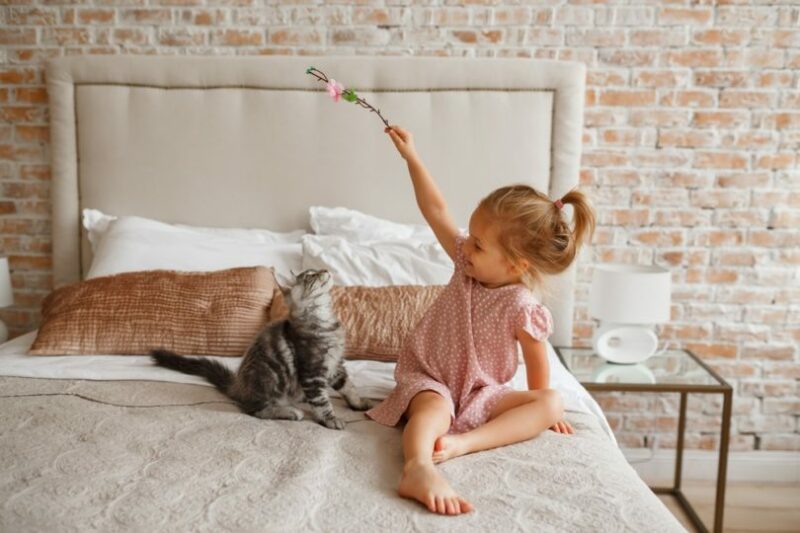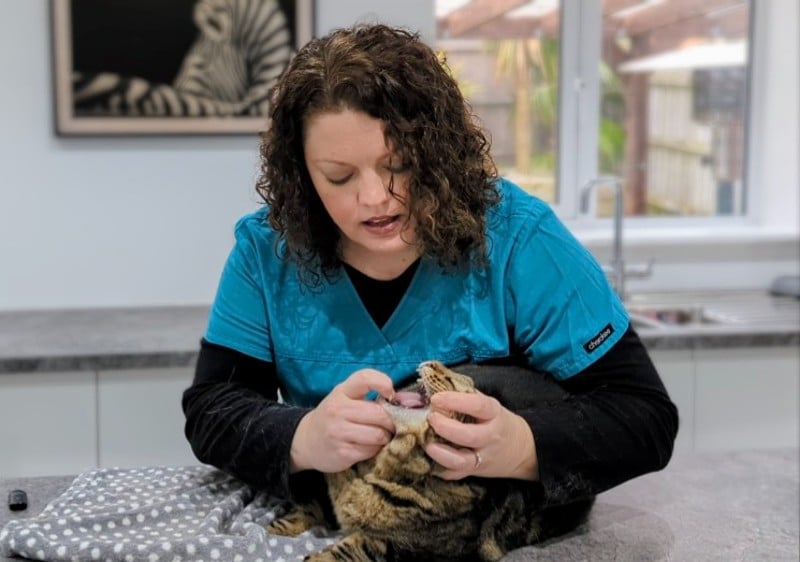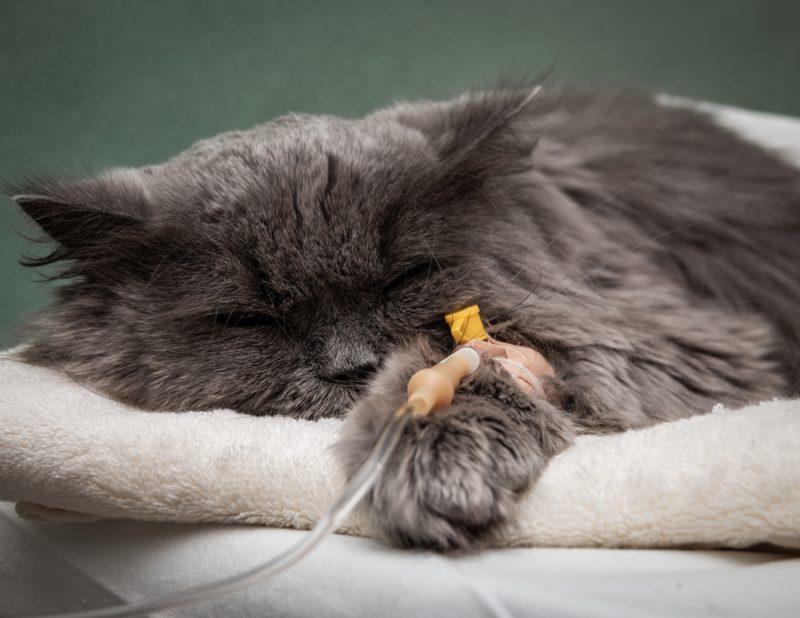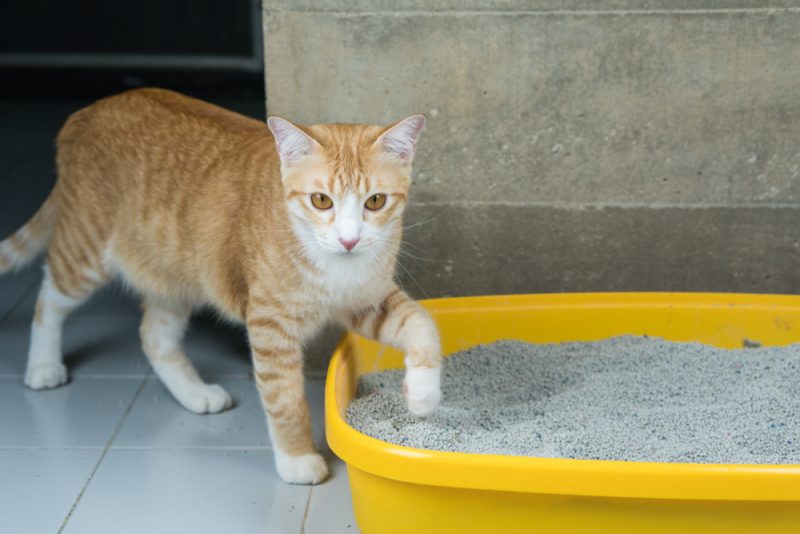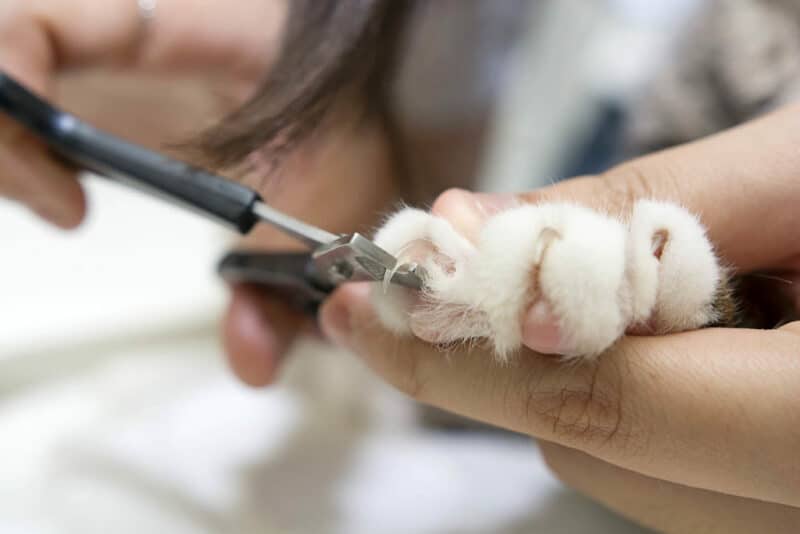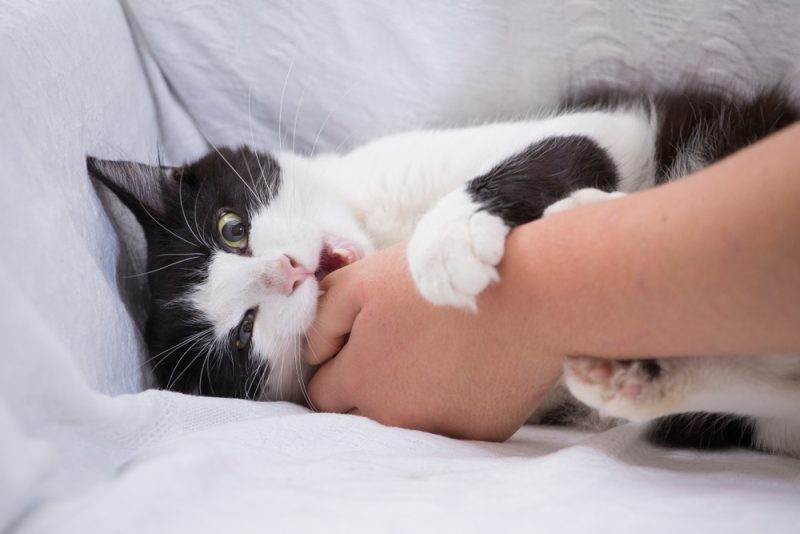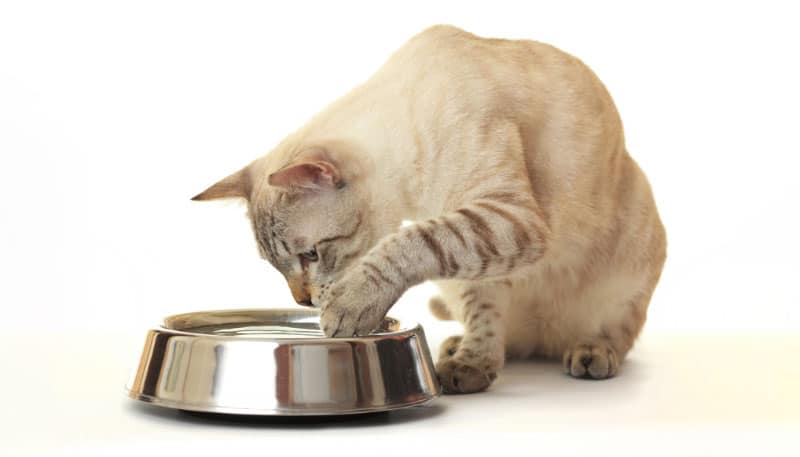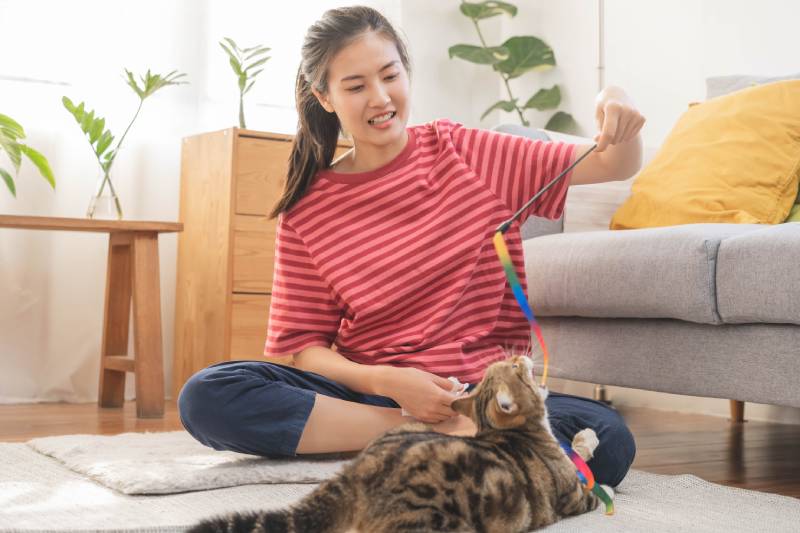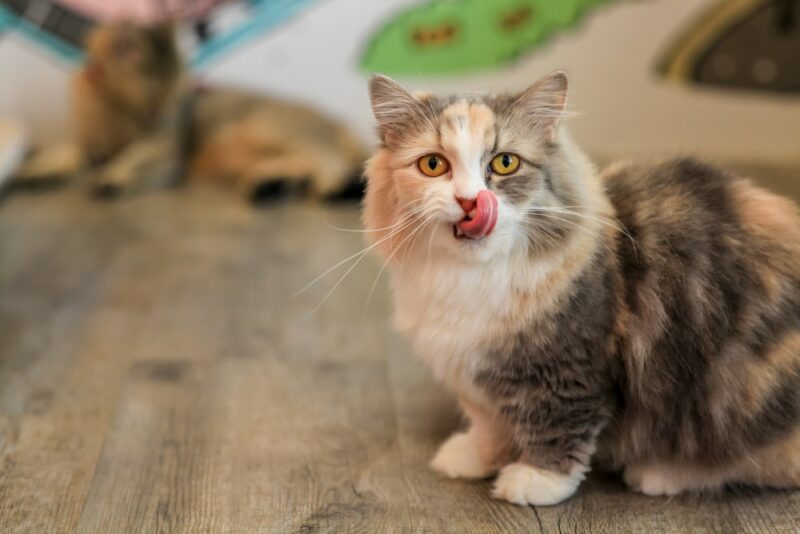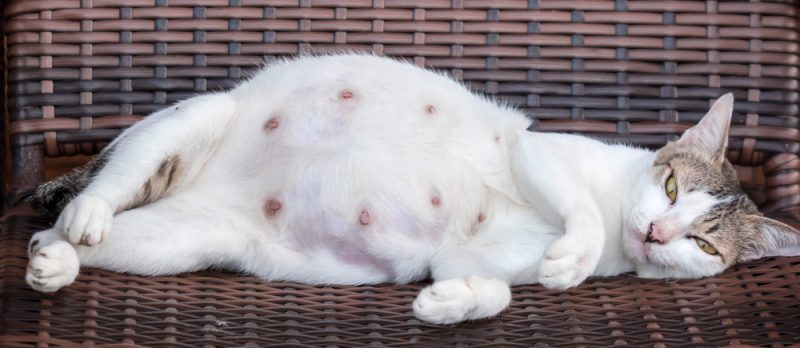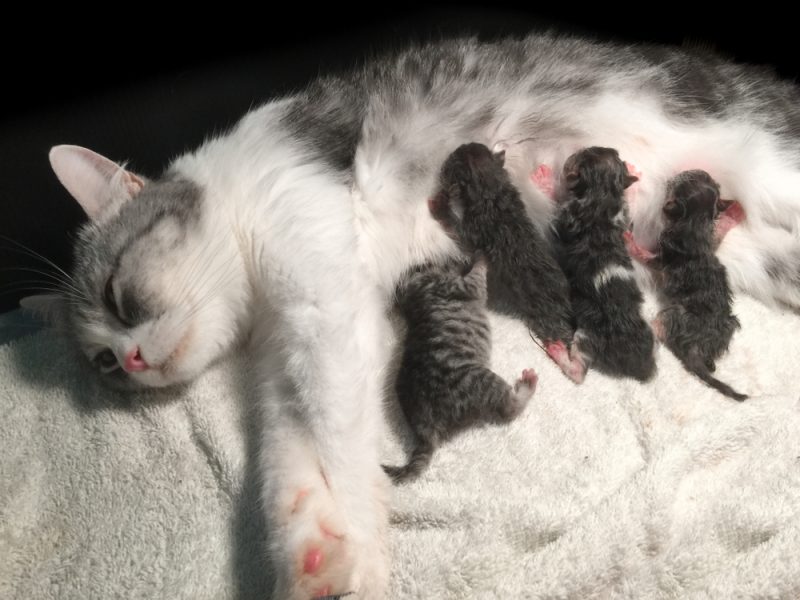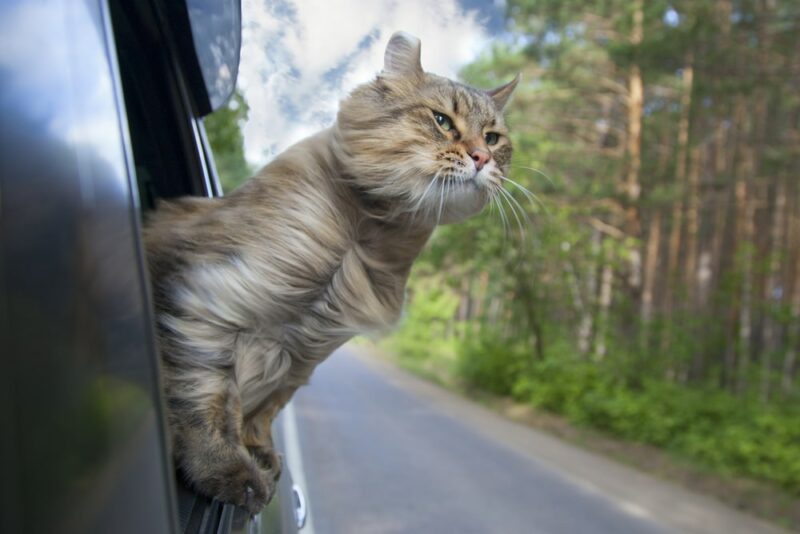Have you ever cuddled your cat in your arms, stared into their eyes, and been blown away at how beautiful and unique they are? One of the most captivating features of a cat’s eye is their pupils, which are in the shape of vertical slits. Another is the big blue eyes that all kittens are born with. However, it’s the change that occurs in their eyes that is truly fascinating to me.
There is so much to discuss when exploring the eyes of a cat, from rare eye colors to color changes, so let’s get into it!

Rare Eye Colors
You may think your cat’s eyes are the prettiest you’ve ever seen, and you might be right, as some cats boast rare eye colors. Eye color is passed down to kittens genetically, with their eye color being determined by the amount of melanin in their iris.
Dichromatic Eyes
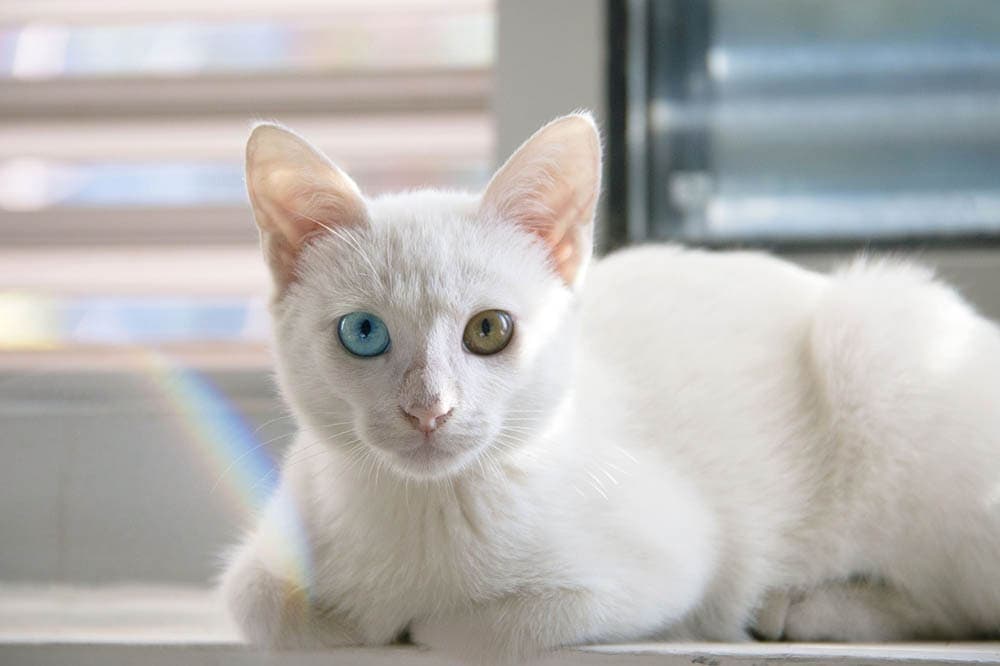
One of the rarest forms of eye colors in cats is when an eye has two colors due to different levels of melanin in different areas of the iris. It can be found in any breed and can occur in just one eye or both. The medical term is heterochromia iridis. The classic form is sectoral heterochromia, where one section of the iris is a different color than the rest. When one color radiates from the pupil, mixing with a different color along the outer portions of the eye, it is called central heterochromia.
Odd-Colored Eyes
Odd-colored eyes can also happen in cats when one cat’s eye is a different color from the other. It’s a condition that is typically hereditary. This type of eye color is more common in Persians, Turkish Angoras, and other white or mostly white cat breeds, but it’s still pretty rare. The medical term for this eye color is complete heterochromia or heterochromia iridum.
Orange and Copper
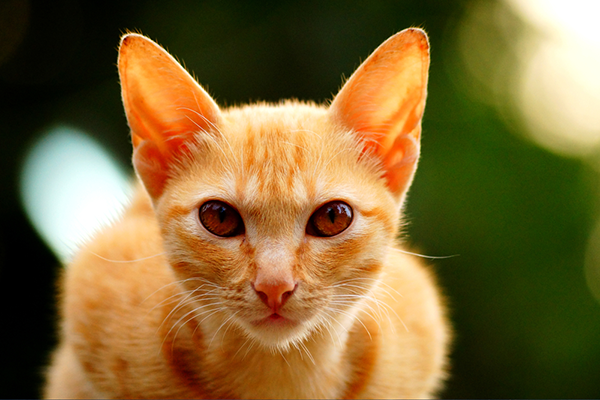
It’s quite unusual for cats to have enough melanin in their eyes for them to be dark in color, as with orange and copper-colored eyes. These eye colors are striking and definitely stand out in comparison to other lighter-colored eyes. Maine Coons and cat breeds with darker coats are more likely to boast these gorgeous eye colors.
Other Rare Eye Colors
Although more common than the eye colors listed above, brown and hazel are eye colors that are fairly rare.
Green-colored eyes have lower amounts of melanin in the iris, and blue eyes have no melanin due to genetics. Some breeds boast shades of these colors, such as the Siamese cat. Common green cat eyes are usually mixed with undertones, but solid, vivid green eyes, as with the Egyptian Mau or Russian Blue breeds, are quite rare.
Yellow and amber colors are most commonly seen in cat eyes.
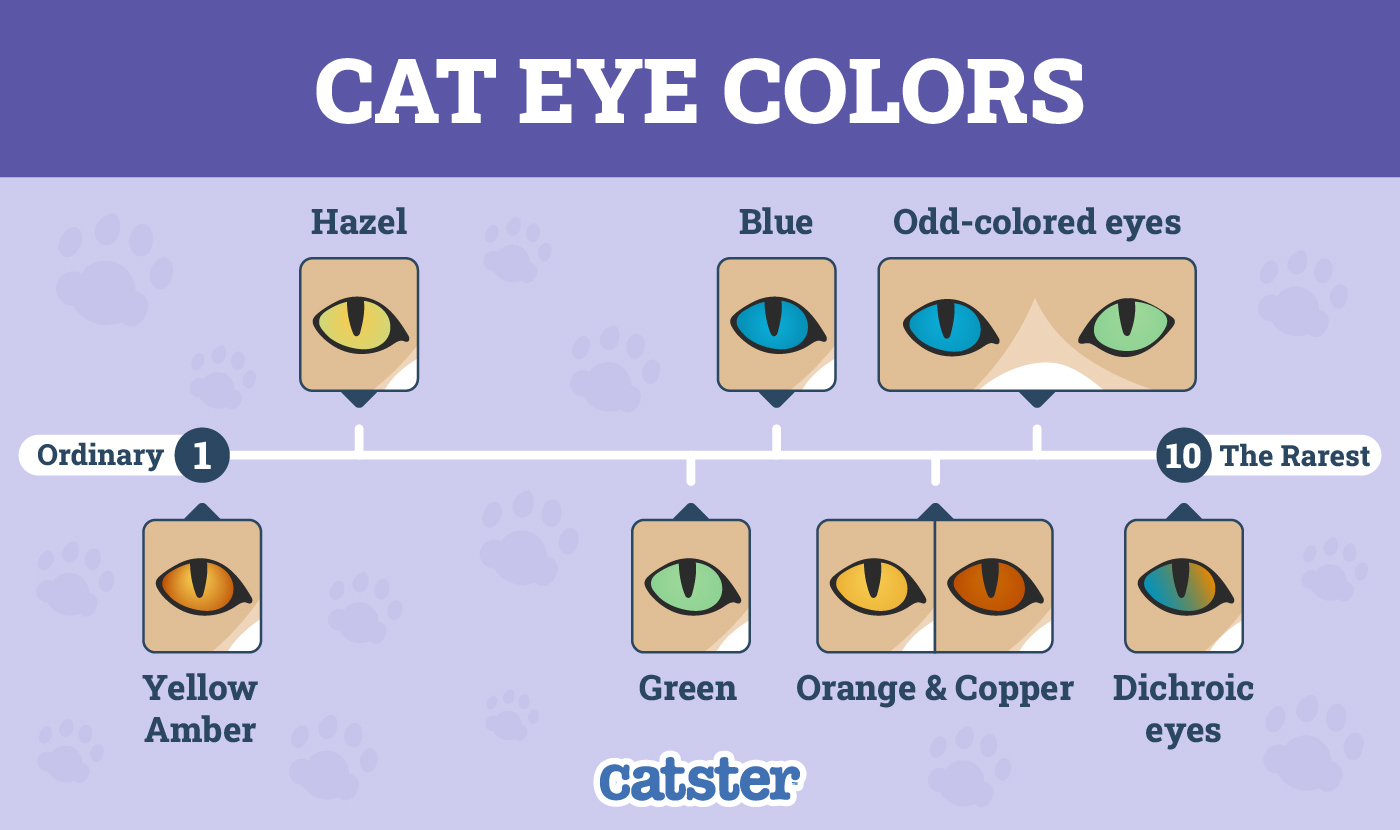

Frequently Asked Questions
Do Cat Eyes Change Color?
If you’ve rescued a young kitten or your cat had kittens, you may have noticed that the litter initially had blue eyes but may not have that color anymore. Yes, their eyes have changed color, but it’s completely normal.
In fact, all kittens are born with blue eyes, but not all cats have this color of eyes because their eyes change into their true color between 6 and 8 weeks until they’re around 12 weeks of age. From 12 weeks, their eye color shouldn’t change again unless they have certain health issues.
Some cats will always remain with blue eyes, which is the result of a lack of pigmentation in their irises. Their eyes appear blue because of refracted light and not because their eyes are actually blue. If a cat’s eye color remains blue as they mature, it’ll likely darken in its shade of blue.
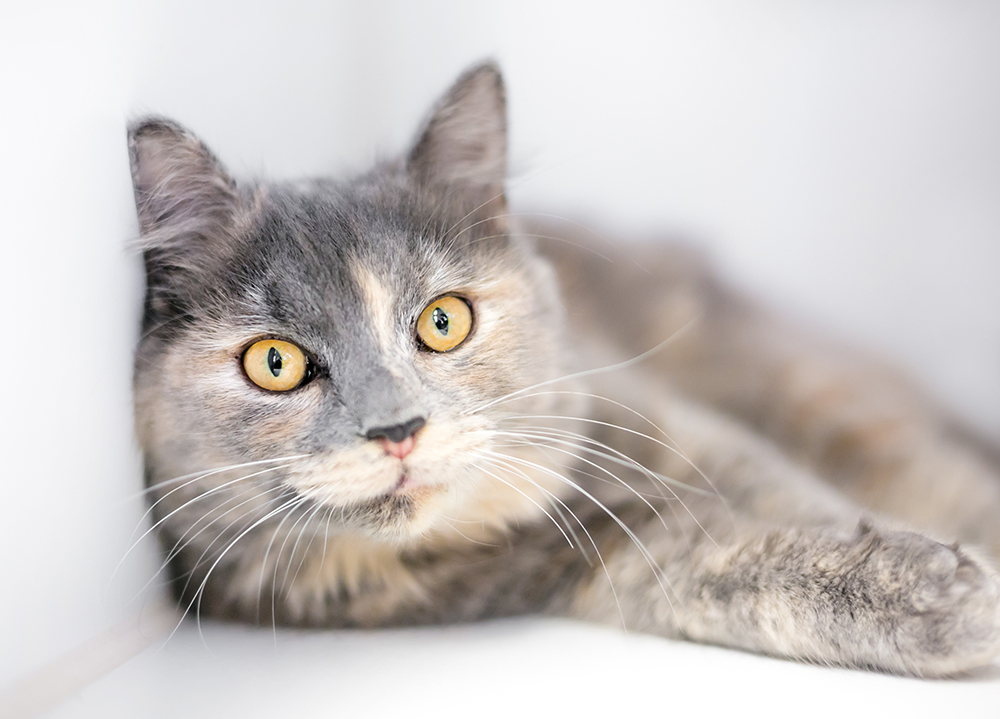
Why Do Eye Color Changes Occur in Kittens?
When kittens are still young, their irises don’t contain enough melanin to display their true color. It’s only as they develop that their eyes begin to produce the melanin that creates their true color, which is typically around 7 weeks.
If a cat has eyes with heterochromia, they’ll also have begun their life with blue eyes, and as they develop and the melanin is produced in their eyes, their condition will become noticeable.
Before 7 weeks of age, kittens are dependent on their mothers for warmth and nourishment and rely more heavily on their smell and touch senses. As they grow older and become more independent, their need for sight grows, and their eyes develop fully.
Do Eye Color Changes Occur in Adult Cats?
Eye changes in adult cats do occur, but not naturally. It is usually a sign of a health issue or eye condition that requires urgent vet care. Delaying treatment may be fatal or may result in the loss of their vision in one or both eyes.
If your adult cat has experienced a sudden eye color change, it might be due to uveitis, cataracts, corneal ulcers, corneal sequestrum, glaucoma, eosinophilic keratitis, or tumors. These are all eye conditions that can change your cat’s eye color to pink, red, brown, white, gray, or black.
If the whites of your cats’ eyes have turned yellow, they may have jaundice, which is a sign of an underlying health condition. There are several conditions that may cause jaundice, and all of them need urgent vet care.
If you need to speak with a vet but can't get to one, head over to PangoVet. It's an online service where you can talk to a vet online and get the advice you need for your pet — all at an affordable price!

Do I Need to Be Alarmed if My Cat’s Eyes Change?
Sometimes, a slight change in color in your cat’s eye isn’t something to be alarmed by as it could have a simple explanation, such as different lighting. When light refracts off your cat’s eye, it can sometimes cause them to look a little different, especially if your lightbulb is changing color.
In poorly lit environments or when your cat is scared or excited, their pupils will dilate and grow wider, which could make your cat’s eyes look mostly black. This is completely normal, and if you add a light or two, their pupils will contract and narrow to better display their colorful irises.
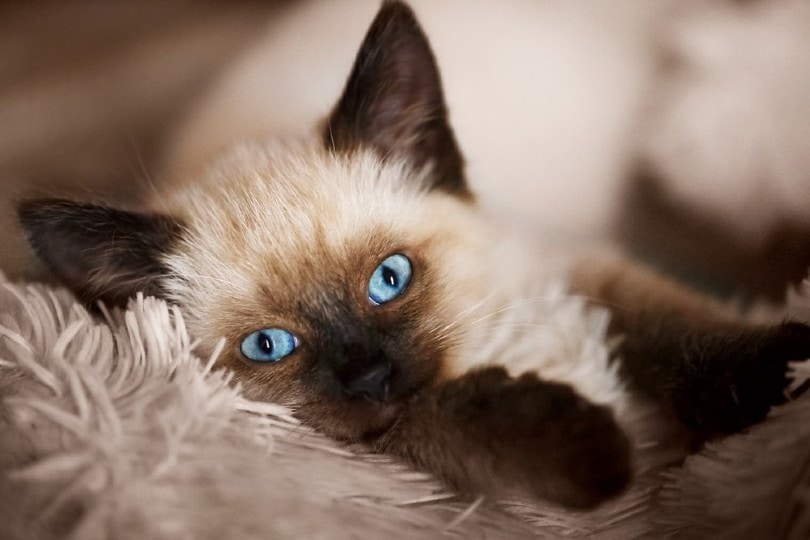
Do Cats Eyes Glow?
Cats’ eyes have always been fascinating to me since their colors are so diverse. Cats can have blue, green, hazel, orange, copper, brown, yellow, or amber eyes, with some colors more commonly seen than others. Although rare, many cats have bi-colored or dichromatic eyes, which they are born with. You’ll typically only know what color your cat’s eyes will be from around 8 to 12 weeks of age.

Conclusion
Cats’ eyes have always been fascinating to me since their colors are so diverse. Cats can have blue, green, hazel, orange, copper, brown, yellow, or amber eyes, with some colors more commonly seen than others. Although rare, many cats have bi-colored or dichroic-colored eyes, which can be congenital, hereditary, or the result of trauma. You’ll typically only know what color your cat’s eyes will be from around 8 to 12 weeks of age.
Featured Image Credit: PublicDomainPictures, Pixabay
